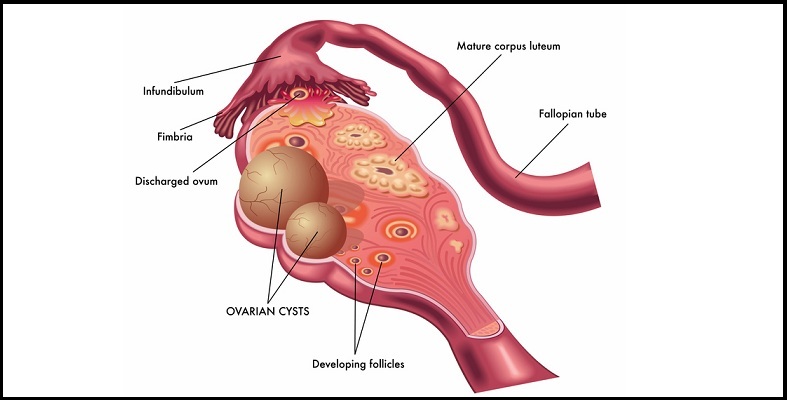
Ovarian Cysts
- Description
- Faq's
When an ovarian growth or cyst needs to be closely looked at, a surgeon can do so through a small incision using laparoscopy or through a larger abdominal incision (laparotomy). Either type of surgery can be used to diagnose problems such as ovarian cysts, adhesions, fibroids, and pelvic infection. But if there is any concern about cancer, you may have a laparotomy. It gives the best view of the abdominal organs and the female pelvic organs . Then, if the doctor finds ovarian cancer, he or she can safely remove it.
During surgery, a noncancerous cyst that is causing symptoms can be removed (cystectomy), leaving the ovary intact. In some cases, the entire ovary or both ovaries are removed, particularly when cancer is found.What To Expect After Surgery
General anesthesia usually is used during surgery.
After a laparoscopy, you can resume normal activities within a day. But you should avoid strenuous activity or exercise for about a week. After a laparoscopy, you can resume normal activities within a day. But you should avoid strenuous activity or exercise for about a week. After a laparotomy, you may stay in the hospital from 2 to 4 days and return to your usual activities in 4 to 6 weeks.Why It Is Done
Surgery is used to confirm the diagnosis of an ovarian cyst, remove a cyst that is causing symptoms, and rule out ovarian cancer.
Surgery for an ovarian cyst or growth may be advised in the following situations:- Ovarian growths (masses) are present in both ovaries.
- An ovarian cyst is larger than 3 in. (7.6 cm).
- An ovarian cyst that is being watched does not get smaller or go away in 2 to 3 months.
- An ultrasound exam suggests that a cyst is not a simple functional cyst.
- Your doctor is concerned that ovarian cancer may be present. In this case, it is also advised that you see a gynecologic oncologist.
